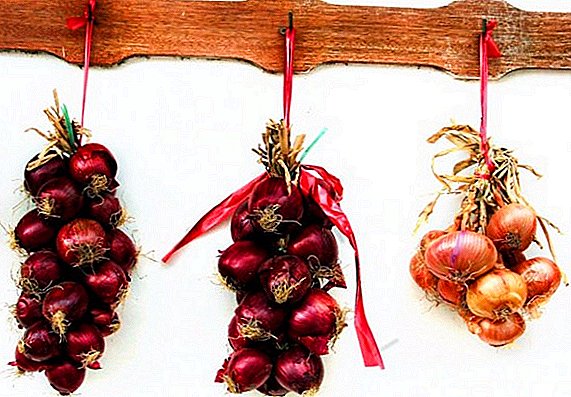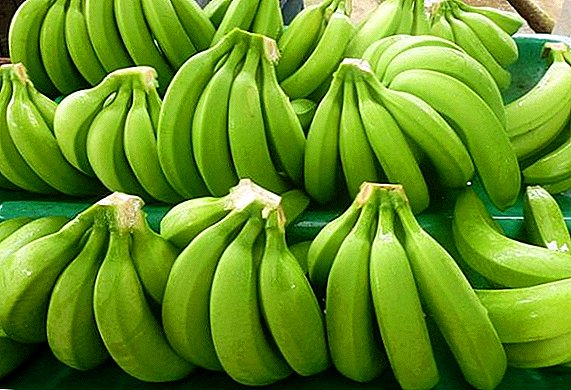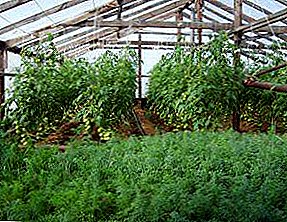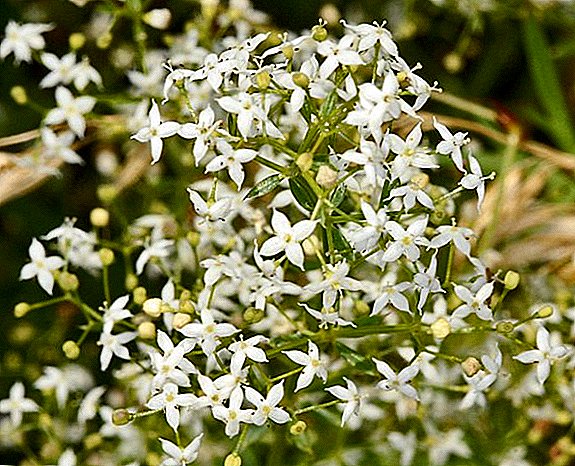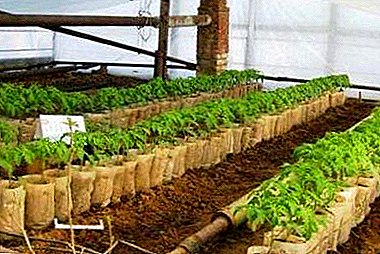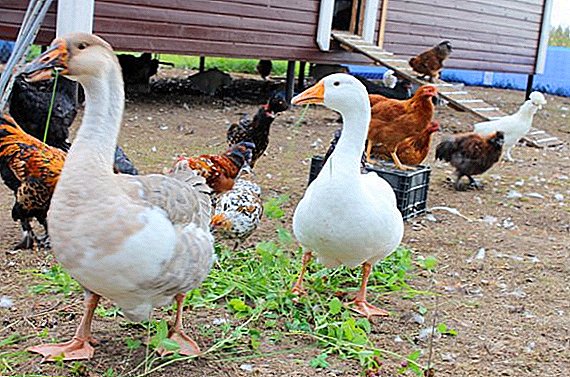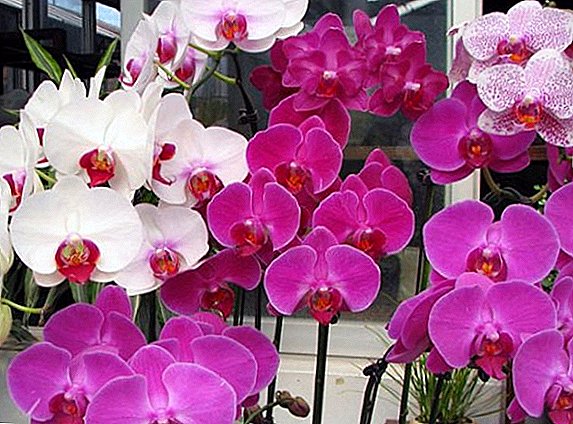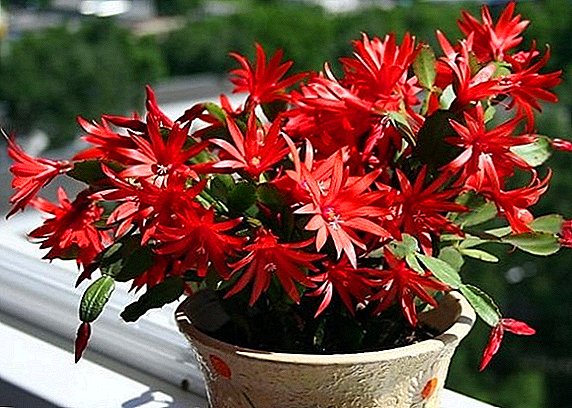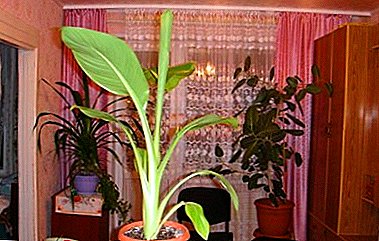
Musaensete, or Ethiopian (Abyssinian) Banana - It is a dwarf representative of the banana family (Musaceae) originally from Ethiopia, also called Abyssinia.
Has a second Latin name - Enseta swollen. Pygmy is an unofficial trade name.
general description
A real "hero" among the dwarf varieties rising to 2 meters.
Leaves The pygmy is large, the central vein and the inner side of the leaf is red. The cuttings entering each other form a false stalk.
Rhizome massive, stalk powerful.
A photo
Decorative pygmy banana: photos of seeds, young plants and fruits.



Home care
Decorative banana feels good apartment, winter garden or greenhouse. In the spring it is planted in the ground or taken out in a pot on the street.
Care and landing after purchase
The plant is planted in a spacious pot with cooked soil, put in free from drafts and direct sunlight.
For the preparation of soil mixture take the turf soil, independently prepared or purchased compost earth and sand and mix in a ratio of 4: 1: 1.
Recommended weekly spraying of young Enseta with separated water, weekly fertilizing and loosening the earth.
Lighting
Pygmy shown bright light scattered by the sun. It is better to place a pot with a decorative banana in the room with the orientation of the windows to the east in order to maximize the length of the day.
In the garden you can install tent for temporary creation of a penumbraif there is no possibility to put the pot in the shade. Neutralize the detrimental effect of direct sunlight by frequent spraying.
Temperature
Optimum temperature range - from +16 to + 25 °. Winter temperature in the room with Pygmy is above + 12 °. At temperatures above + 25 ° C and low humidity, watering 2 times a day is shown and the leaves are sprayed as often as possible.
Air humidity
Prefers moderate or high humidity - not less than 50%. When air humidity is below 35%, the leaves dry out due to increased moisture yield, which can be reduced by watering. In winter, the optimum humidity is no more than 50%.
Watering
Abundant watering 2-3 times a week with optimal indicators of humidity, temperature and lighting indoors or outdoors in summer time.
In winter recommended moderate watering twice a week. Water in the sump should not stagnate.
Bloom
 Abyssinian banana refers to monocarpic plants, blooming once in your life.
Abyssinian banana refers to monocarpic plants, blooming once in your life.
It is difficult to achieve flowering in an apartment, more often it is carried out outdoors in regions with a hot climate.
Selfingwhich results in the first flowers, and then inedible bananas, begins in the plant in summer from the age of three. In autumn or winter, “small bananas” wither, and from the rhizome, stems appear with leaves without fruits.
The flowers are white and green, do not differ in special beauty, do not require care.
Top dressing
Spring Summer - The period of active growth of Pygmy, at this time he needs weekly feeding. In winter, you can fertilize a banana every 1-1.5 months.
Transfer
Produced every year in soil for the spring-summer period or in a container of larger diameter as needed. Enseta does not like cramped pots that restrict root growth.
Growing up
Banana decorative pygmy: from seeds
Before planting, seeds purchased or obtained from fruits soak for 1-2 days in distilled water and put in a warm place. A hard seed coat that prevents germination, after soaking, need to be scraped.
Planted seeds in a moist mixture sphagnum, peat, sawdust, and sand in the same proportion. Seed germination occurs at a temperature of 30-32 °, high humidity and bright light.
Shoots wait in 2-8 weeks.
From rhizome scions
In winter after the fruits fall from the rhizome of the plant is pecked young shoots. After the onset of spring during the annual transplant of a banana, carefully separate the root section with a scoop and plant it as a full-fledged plant (see the section “Care and landing after purchase”).
From rhizome
Land with a transplanted rhizome should be constantly high humiditytemperature not lower than 30 °. It is necessary to divide it in spring at the peak of the adaptation capabilities of the Enseta. Caring for rhizome is similar to caring for an adult plant.
Diseases and pests
- Root rot.
- Spider mite.
Cause: water stagnation in the pan or non-drained bottom of the pot.
Treatment: transplant, fungicidal preparations according to the instructions.
Cause: infection from neighboring plants. Tick - an infrequent guest lovers of the Abyssinian banana due to the incompatibility of the conditions of its reproduction and the conditions of the Enseta. It does not tolerate sunlight and settles on the inside of the leaf.
Treatment: mechanical parasite removal, therapeutic spraying with thiophos and transplant enceta after cure.
Conclusion
By keeping a balance between humidity, indoor temperature and Pygmy irrigation, you you can be proud of for many years extravagant perennial sprawling favorite.


